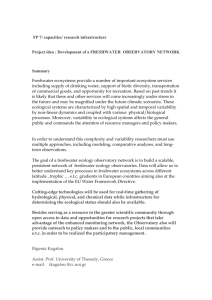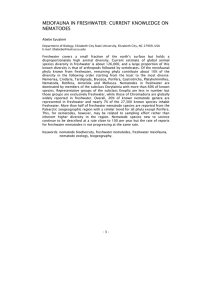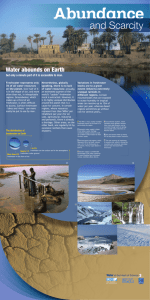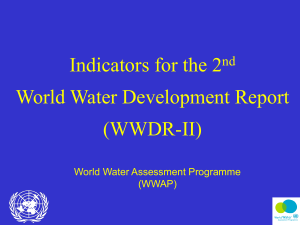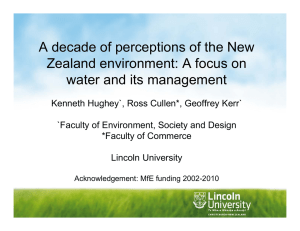Addressing the - EnErgy
advertisement
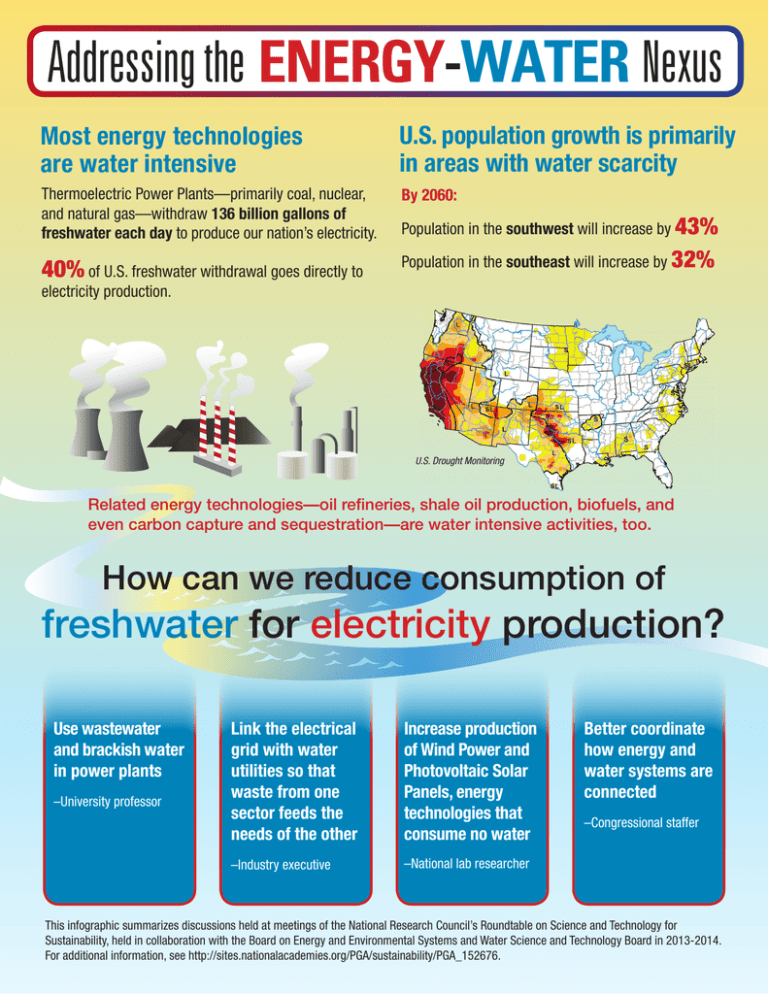
Addressing the Energy-Water Nexus Most energy technologies are water intensive U.S. population growth is primarily in areas with water scarcity Thermoelectric Power Plants—primarily coal, nuclear, and natural gas—withdraw 136 billion gallons of freshwater each day to produce our nation’s electricity. By 2060: 40% of U.S. freshwater withdrawal goes directly to Population in the southwest will increase by 43% Population in the southeast will increase by 32% electricity production. U.S. Drought Monitoring Related energy technologies—oil refineries, shale oil production, biofuels, and even carbon capture and sequestration—are water intensive activities, too. How can we reduce consumption of freshwater for electricity production? Use wastewater and brackish water in power plants –University professor Link the electrical grid with water utilities so that waste from one sector feeds the needs of the other Increase production of Wind Power and Photovoltaic Solar Panels, energy technologies that consume no water –Industry executive –National lab researcher Better coordinate how energy and water systems are connected –Congressional staffer This infographic summarizes discussions held at meetings of the National Research Council’s Roundtable on Science and Technology for Sustainability, held in collaboration with the Board on Energy and Environmental Systems and Water Science and Technology Board in 2013-2014. For additional information, see http://sites.nationalacademies.org/PGA/sustainability/PGA_152676.




